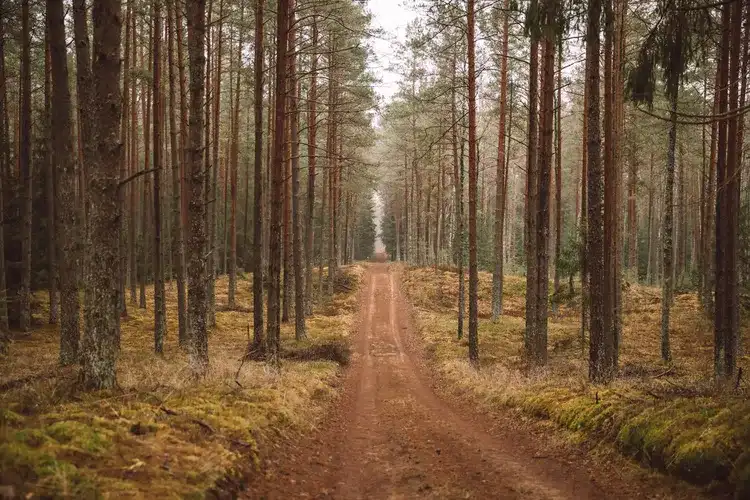It’s autumn in Lithuania, and the forests are alive with quiet, deliberate footsteps and the soft rustle of leaves. All across the country, people are venturing into the woods with baskets on their backs, searching the undergrowth for wild mushrooms. More than just a seasonal hobby, mushroom foraging here is a cherished cultural tradition so ingrained that it’s often called Lithuania’s unofficial national sport.
Foraging as a Family Ritual
Each year, hundreds of thousands of Lithuanians take to the forests as the weather cools and the rains awaken mycelium beneath the soil. Parents teach children how to identify edible varieties and avoid toxic lookalikes. Favorite mushroom-picking spots are closely guarded family secrets, passed down through generations alongside foraging knowledge and folk wisdom.
With more than 400 edible species growing in Lithuania, foragers have plenty to hunt. Favorites include king boletes (so beloved their name has become shorthand for mushrooms in general), chanterelles, honey fungus, birch and orange oak boletes, leccinum, russulas, and red pine mushrooms. Many families return from the forest with overflowing baskets and memories made together.

The Heart of Dzūkija and Its Mushroom Festival
Southern Lithuania’s Dzūkija region is a hotspot for mushroom biodiversity and for mushroom lovers. The area hosts the annual Varėna Mushroom Festival, now celebrating its 25th year. Expert foragers compete, chefs showcase regional dishes, and stalls offer fresh, dried, and pickled mushrooms to visitors from all over the country.
This festival is more than just a fun event. It’s a symbol of pride and a nod to the enduring role that mushrooming plays in local identity and cuisine.
Mushrooms in Lithuanian Cuisine
Foraged mushrooms are staples in Lithuanian kitchens. They’re baked, boiled, fried in butter with onions, or added to potatoes and grain dishes. In Dzūkija, mushrooms star in the traditional Christmas Eve meal, particularly in rasalas, a rich mushroom broth served as one of twelve meatless dishes.
Any excess from the forest is often dried in stone ovens and stored for the winter, used in soups, sauces, and stews. Along Lithuanian roadsides, vendors sell freshly picked or preserved mushrooms for those unable to forage themselves ensuring everyone has access to this seasonal delicacy.
Old Traditions Meet Modern Realities
While mushrooming is still widely practiced, it has seen some decline due to increasing urbanization and the loss of direct contact with nature. For many younger Lithuanians, especially those in cities, the forest can feel far away both literally and psychologically. Additionally, concerns over misidentification and poisonous species make some hesitant to forage without guidance.
Still, the tradition persists, driven by a deeper connection to nature, food, and heritage. For many Lithuanians, mushroom picking isn’t just about the mushrooms it’s about slowing down, stepping into the forest, and participating in something deeply rooted and timeless.

Curious to Try It Yourself?
If you’re inspired to give mushroom hunting a go whether in Lithuania or closer to home do your homework. Learn which species are safe to eat and which to avoid. Better yet, go with an experienced forager who can help you identify what’s what. Remember: when in doubt, throw it out.
“A hat on a leg. What is it?” the locals joke. The answer is simple a mushroom.
It’s a fitting riddle for a ritual that blends knowledge, nature, and delight one that reminds us of the quiet joys still waiting on the forest floor.




